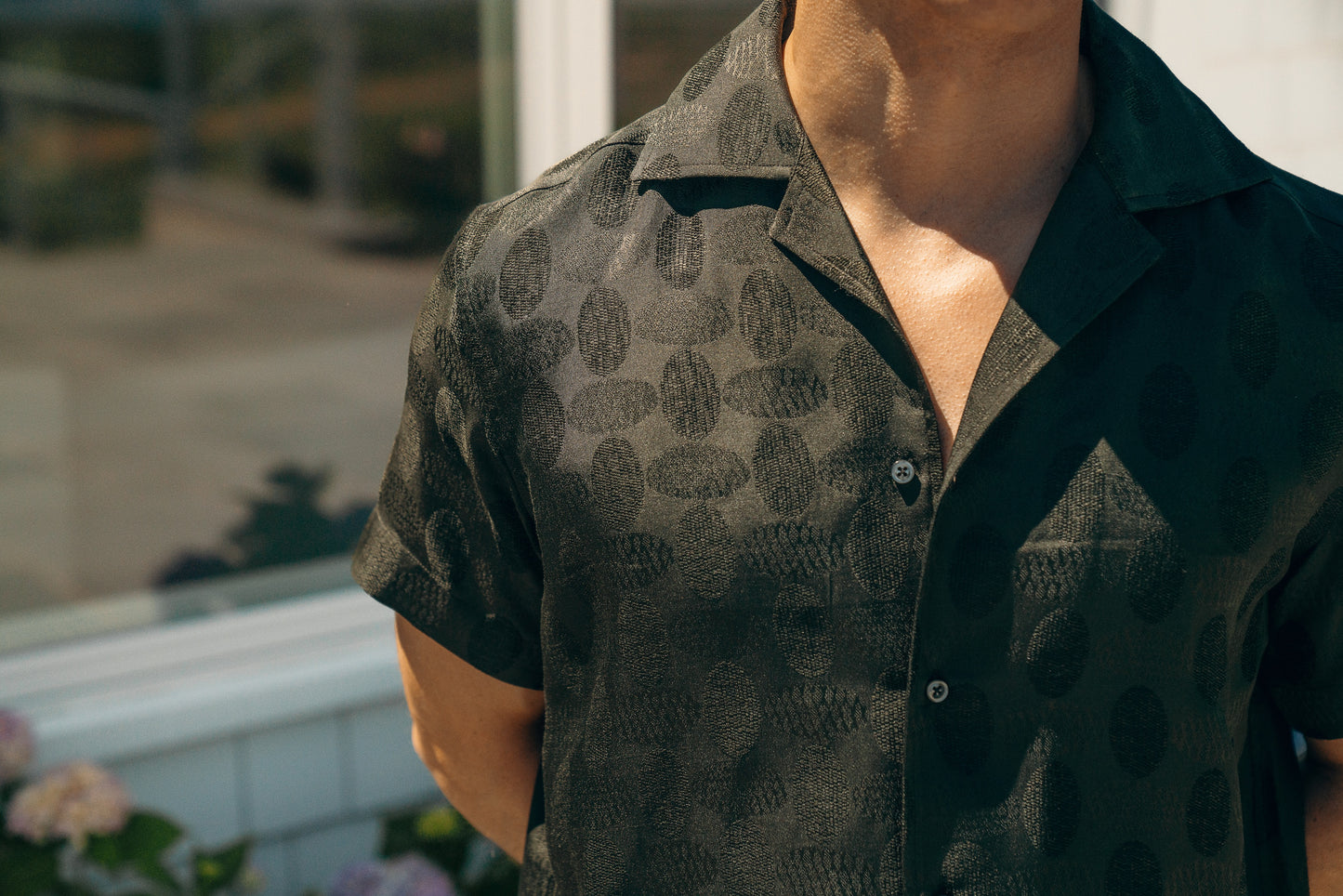Cashmere and merino dominate the luxury knitwear market, but yak and camel fibers have long been used in high-quality textiles.
Both offer distinct advantages in warmth, durability, and drape, and both are recognized by mills as credible luxury fibers.
For anyone serious about fabrics, it is worth understanding how yak and camel compare to merino and cashmere.
Yak Fiber Properties
Yak fiber comes primarily from herds in Mongolia, Tibet, and parts of Central Asia.
The undercoat, collected during the spring molt, is what spinners use for fine yarns. According to HD Merino’s analysis, yak down measures between 16 and 20 microns. While not as fine as baby cashmere at 13.5 microns, well-processed yak has a surprisingly soft hand.
Warmth is its strongest attribute.
Yak has been shown to be about 30 percent warmer than merino at the same weight. The crimp and loft allow it to trap more air, which increases insulation. Breathability remains high, and odor resistance is comparable to merino. Yak fibers, however, do not stretch and recover as effectively as merino, so rib knits must be engineered with care to avoid sagging.
In practice, yak yarns are often blended with merino or cashmere to combine softness with resilience.
When used correctly, yak creates sweaters and base layers that are warmer than merino yet still wearable against the skin. That's why we use trusted artisanal knitters in Italy that have been operating for generations
Camel Hair Properties
Camel hair, particularly from the Bactrian camel, has been valued for centuries.
The undercoat is what is used in fine garments, with fibers measuring around 16 to 18 microns. Knowing Fabric and Nimble Needles both describe camel hair as a credible alternative to cashmere. The fibers are hollow, which improves thermal regulation.
Camel hair garments feel soft and warm, with a drape that is more fluid than merino. They do not collapse as easily as cashmere, which makes camel hair suitable for outerwear-weight sweaters and coats. Well-spun camel yarn resists pilling better than many cashmere equivalents because of the smoothness of the fiber surface.
As with yak, availability is smaller than merino or cashmere, but mills with access to Central Asian supply chains continue to spin it for luxury use.
Comparisons to Merino and Cashmere
Yak vs Merino: Yak is warmer, softer than expected for its micron count, and more resistant to odor. Merino has greater elasticity and is easier to engineer for fitted garments. Yak is best in mid-layers and sweaters where warmth is critical.
Camel Hair vs Cashmere: Camel hair is slightly coarser in micron count but holds shape better and pills less if spun properly. Cashmere remains unmatched in handfeel and micron uniformity. Camel hair is best for coats, jackets, and heavier knits where durability matters.
Care and Longevity
Both yak and camel fibers respond well to standard luxury knitwear care: cold washing, flat drying, and occasional brushing to remove surface pills. Yak fibers are dense and resilient, so garments tend to resist abrasion better than cashmere. Camel hair’s hollow structure gives it strength and elasticity, making it suitable for garments that see frequent wear..
What This Means for Knitwear
Both yak and camel bring technical advantages that justify their use in luxury garments.
Yak offers warmth that surpasses merino, making it ideal for mid-weight sweaters and base layers. Camel hair provides structure and durability, lending itself to outerwear and heavier knitwear where longevity is key.
At WvG, we consider these fibers when they deliver performance benefits that cashmere and merino cannot. The goal is to balance softness, structure, and warmth for garments built to last.
Add one of our pieces to your wardrobe today and see how we apply under-the-radar fibers like yak and camel in designs made for long-term wear.



